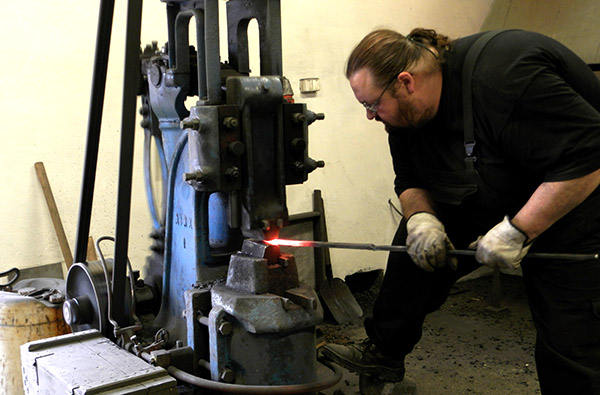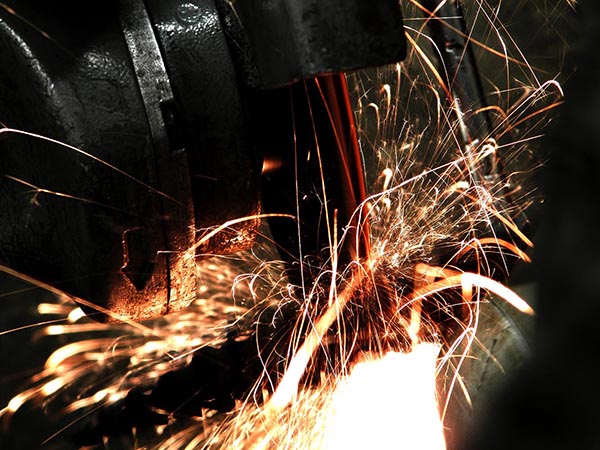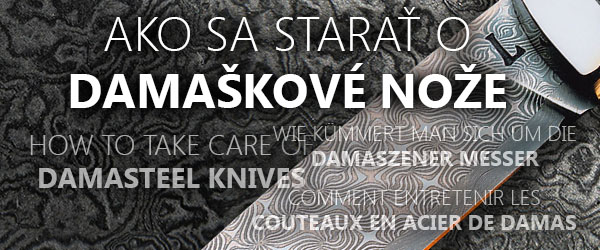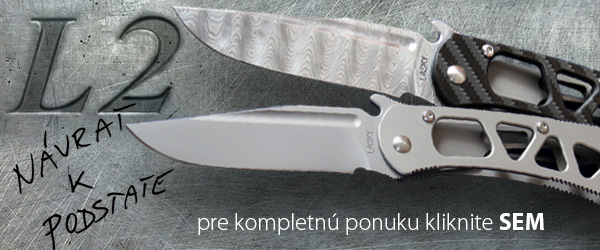
DAMASTEEL
Damasteel forging is an ancient technology, which almost disappeared at the beginning of the 20th century. Today, it is experiencing the renaissance in the knife making industry, because this steel has great mechanical properties and a very interesting look. The pattern of the damasteel is highlighted by etching.
Damasteel is a material welded together by forging many layers of steels of different properties. The hard layers help to keep blade sharp, the softer ones make blade more resilient. By folding and forging together many times the layers are formed. In a good blade, there are 150 to 300 of them.
Mosaic damast is a category of it’s own. It is very hard to make. It is created by forging many small pieces of steel, damasteel or nickel together to make a complicated pattern - mosaic.
MATERIALS
Do In my damasteel, I use the materials Boehler K720, K600, K605, 75Ni8, 15Ni20 and other noble steels.

I make bolsters, ferrules and the other details of my weapons mostly of stainless steel, brass or silver.
For handles, I prefer using a stabilized wood. It is the wood from roots, gnarl and other interesting parts of the tree. All the water is replaced by polymer or synthetic resin. The unusual structure of the wood is usually highlighted by coloring the polymer (or resin).
In the lesser extent I use high quality tropical woods, ivory, stabilized bone (giraffe, camel, zebra, etc.)
DECORATING
When decorating knives, I cooperate with the prominent engravers. I prefer the Slovak engraver Július Mojžiš. He is a great artist, his work is precise and he has an eye for detail, although he may be seen as slow, grumpy and expensive.


